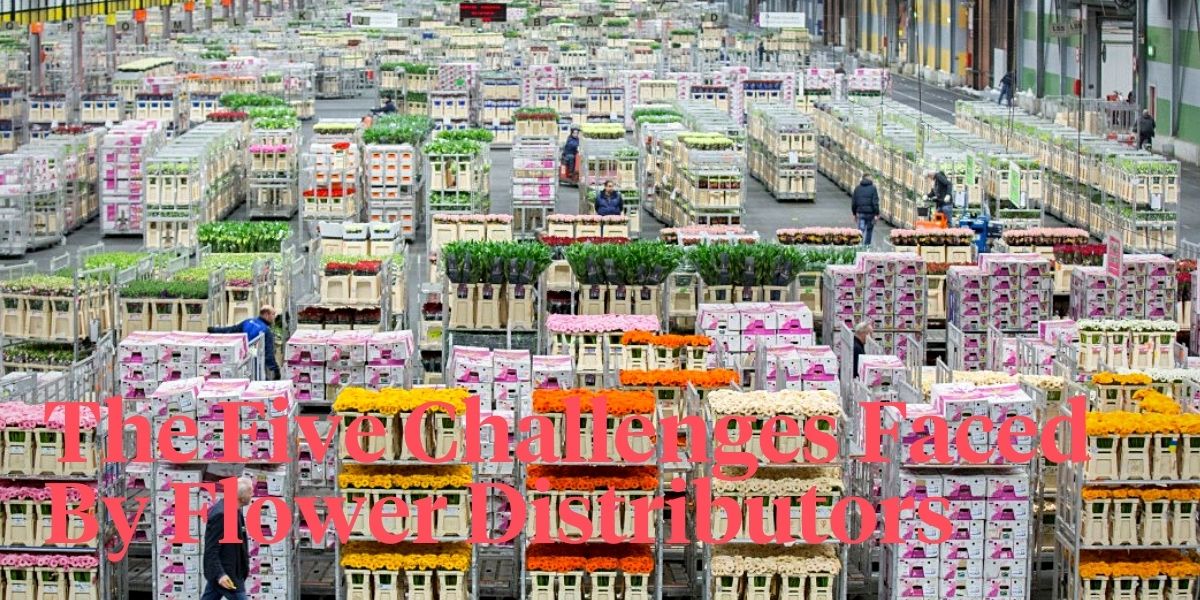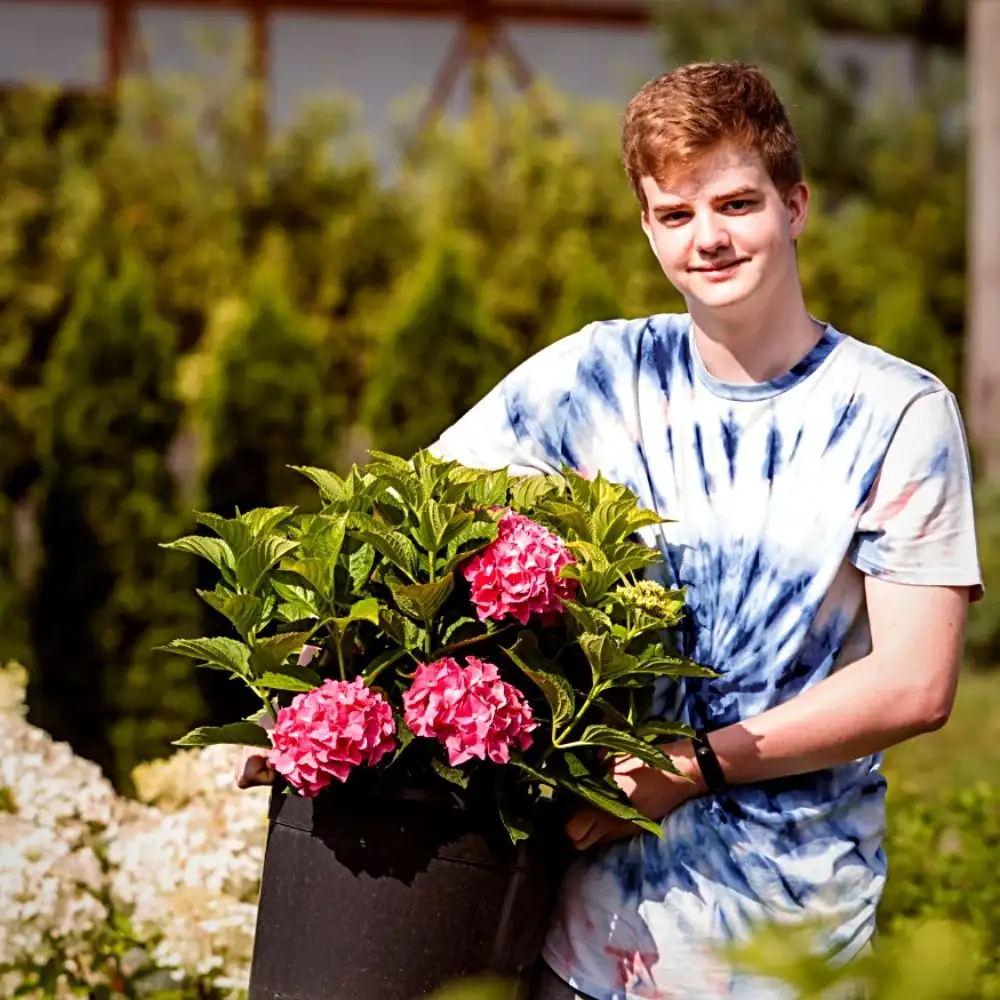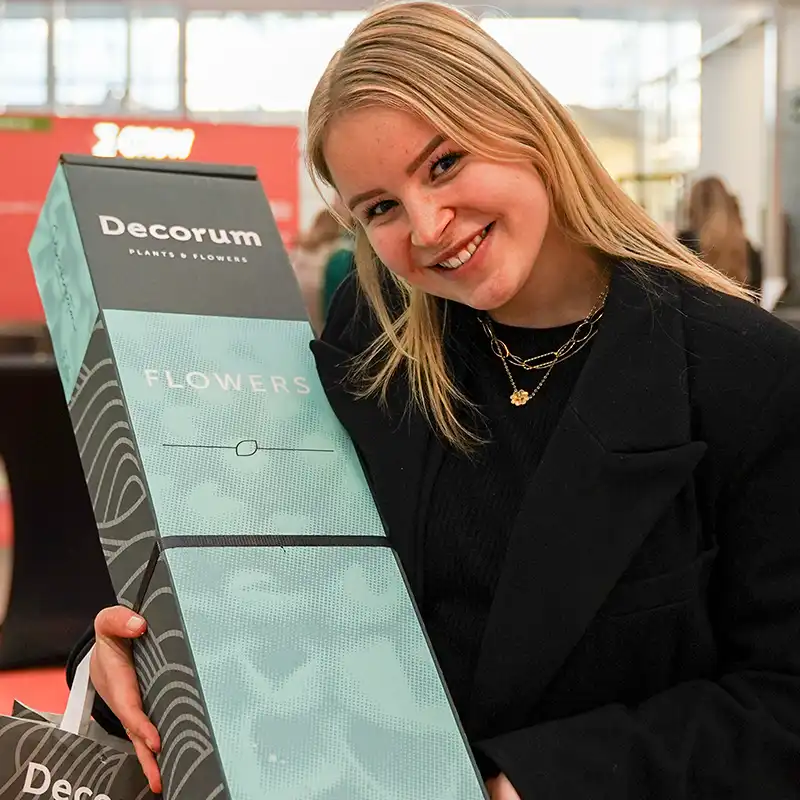The journey of simple, beautiful flowers from the farms to the consumer's vase is not that simple. A well-organized network of industry experts from the farms to the shipper and traders such as auctioneers, distributors, wholesalers, and retailers, works in symphony to place flowers into the hands of the consumer. In this supply chain, distributors are one of the most important sales channels. Distributors source flowers from the local growers and imports them from around the world. With their large volumes and massive ranges of product variety, distributors greatly influence the floral industry.
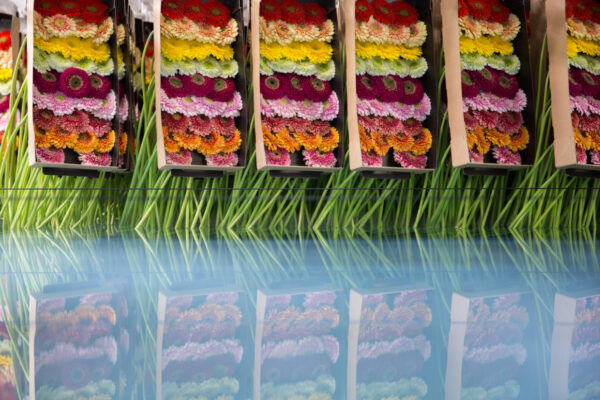
Image credit: LFS
The Challenges Faced by Distributors
In the entire process and efficiency of the supply chain, maintaining the cold chain at each level of transport and storage is very important. Flowers are highly perishable product- quality, and, the life of flowers declines with every passing day. All the stakeholders in the floral culture are interdependent. A broken link in the supply chain disturbs the entire operation, resulting in the delayed supply and impact of the quality and availability of flowers.
In this article, we are highlighting challenges faced by distributors due to their inter-dependency and the ripple effect this has on the entire supply chain.

1. Supply Uncertainty
During peak seasons of Valentine's Day, Women's Day and Mother's Day, etc., the demand for flowers is very high. The growers, distributors, and wholesalers plan for these months in advance. Because large floriculture depends on nature, any fluctuation in temperature, humidity, and rainfall, disturb the entire production schedule, resulting in quality issues and less production. The short supply of flowers is one of the challenges every distributor has faced time and again.
2. Packaging and Handling
Flowers, after harvesting, need proper handling and post-harvest treatment. They have to be cooled, pruned, graded, bunched, appropriately packed, and stored in the cold room. Most clients or markets have a specific requirement for flowers and packing. There also exists substandard box packs, too many flowers in a box, or too few flowers causing the box to damage the flowers during transit. Those flowers, on arrival, fail the quality check at the distributors' warehouse and are discarded by them.
3. Space constraint
Flowers are highly perishable. Flights are the most commonly used mode of transport. Distributors lose market due to lack of space, causing flowers not to be shipped. There are occasions when shipments are offloaded by airlines as a result of technical reasons. These are situations such as the flight connections being missed. All these scenarios lead to delay in delivery, affecting the quality and life of flowers.
4. Phytosanitary Inspection
When the shipment arrives at an importing country, it is inspected by Phyto officers to make sure no pests or diseases enter the importing country. If pests and diseases are discovered, the entire shipment is placed on h Based on the type of pests and diseases found, shipments are quarantined and fumigated. After fumigation, the shipment is handed over to distributors. This causes a one or two-day delay which affects the flower quality. In some instances, the entire shipment is discarded.
5. Custom clearance
For timely and hassle-free customs clearance, all the documents must be in place, and all the details on the documents must be accurate. In case of any discrepancy, shipments are put on hold until the corrections are made. Missing documents or incomplete information will cause a substantial delay or even a rejection of the goods.
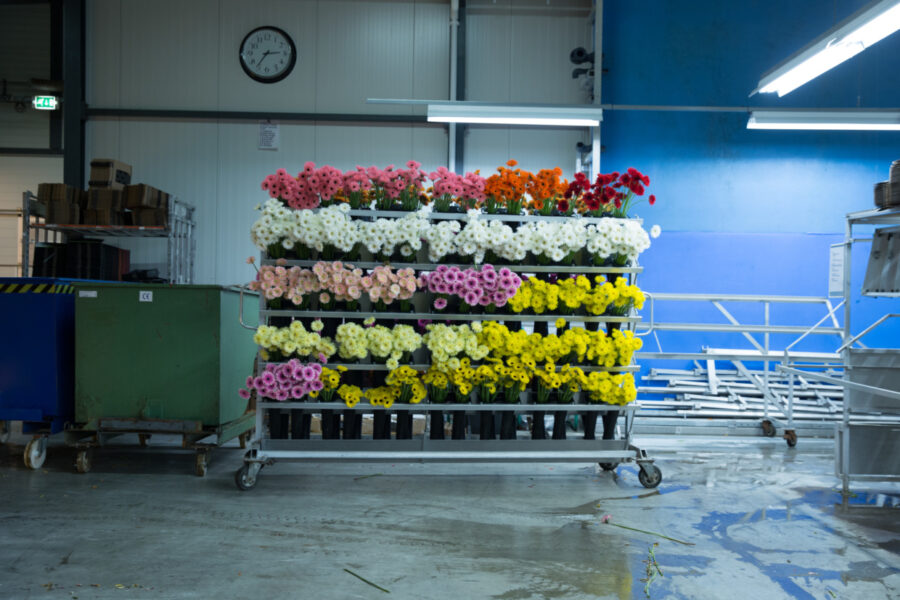
These are the few challenges which almost every distributor has faced. The timely delivery of flowers matters a lot as any delay impacts the quality and life of flowers. It also has financial implications and increases the cost of flowers for distributors and consumers. Any delay in shipments or worst-case scenario unavailability of flowers has rippling effects on florists and events as they are dependent on distributors to supply their flowers.
The climatic conditions and supply constraints are not in our control. Nonetheless, we could work on the standardized packaging of the flowers to avoid their damage. The digitization of the documentation should be encouraged, resulting in fast custom clearance. Communication to the end customer should be clear and immediate, and the consumer should be better informed by floral experts to understand the not so simple challenges we all face in delivering a single, simple stem to their door.


 These are the few challenges which almost every distributor has faced. The timely delivery of flowers matters a lot as any delay impacts the quality and life of flowers. It also has financial implications and increases the cost of flowers for distributors and consumers. Any delay in shipments or worst-case scenario unavailability of flowers has rippling effects on florists and events as they are dependent on distributors to supply their flowers.
The climatic conditions and supply constraints are not in our control. Nonetheless, we could work on the standardized packaging of the flowers to avoid their damage. The digitization of the documentation should be encouraged, resulting in fast custom clearance. Communication to the end customer should be clear and immediate, and the consumer should be better informed by floral experts to understand the not so simple challenges we all face in delivering a single, simple stem to their door.
These are the few challenges which almost every distributor has faced. The timely delivery of flowers matters a lot as any delay impacts the quality and life of flowers. It also has financial implications and increases the cost of flowers for distributors and consumers. Any delay in shipments or worst-case scenario unavailability of flowers has rippling effects on florists and events as they are dependent on distributors to supply their flowers.
The climatic conditions and supply constraints are not in our control. Nonetheless, we could work on the standardized packaging of the flowers to avoid their damage. The digitization of the documentation should be encouraged, resulting in fast custom clearance. Communication to the end customer should be clear and immediate, and the consumer should be better informed by floral experts to understand the not so simple challenges we all face in delivering a single, simple stem to their door.
